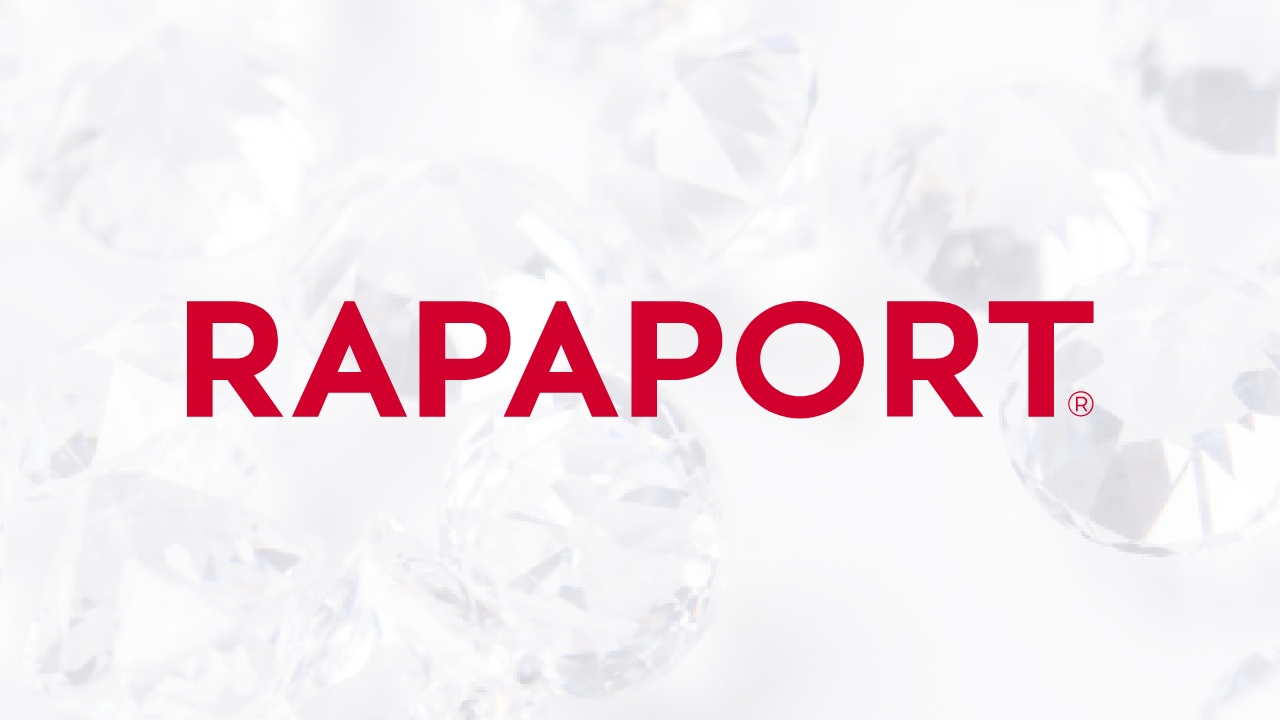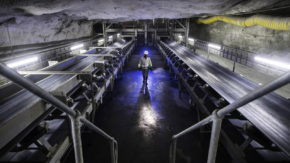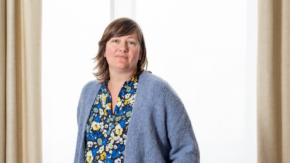Abbey Chikane, chairman of the South African Diamond Board (SADB) and past chairman of the Kimberley Process (KP), talks with Martin Rapaport about the changes taking place in South Africa’s diamond industry.
Martin Rapaport: How is the government changing South Africa’s diamond industry?
Abbey Chikane: We are working on amending the diamond act and restructuring the Diamond Board. After the new act, the new Diamond Board will be dominated by government officials. They would come from the department of trade and industry, the department of minerals and energy, the national treasurer, police and other related institutions. In addition, the board will include independent professionals from the diamond industry who are experts in their respective areas but who would not represent specific constituencies or their self-interests. The idea is to provide experts able to advise government officials about technical issues affecting the diamond industry. The minister would appoint individuals from the private sector who align themselves with the objectives of the government.
MR: What are the objectives of the government?
AC: There are basically two things that the government would like to achieve. The first is to promote equitable access to the country’s diamond resources. In the past, the majority of people that had access to South Africa’s diamond resources were white. So there is a need for a new diamond agency that will promote equitable access and Black Economic Empowerment (BEE).
The second objective is to promote South Africa’s local beneficiation of diamond resources. The government seeks to increase employment and add value to the diamonds that are mined in South Africa by expanding downstream diamond cutting and jewelry-manufacturing activities.
These two objectives must be realized within the context of South Africa positioning its diamond industry in a global competitive environment. We are aware that we are not an island and must compete in a global environment. So there are a number of factors that must be taken into account.
MR: What is BEE?
AC: BEE is a government policy that is aimed at attracting black South Africans into the commercial sector. This policy seeks to correct the historic imbalances brought about by the racist policies of previous apartheid governments. The historically disadvantaged people (HDP) of South Africa — African, Colored, Indian and others that were denied the right to vote and suffered from severe restrictions — are now being encouraged to fully participate in the economic development of South Africa and to participate in the benefits provided by South Africa’s natural resources.
While we have passed legislation that regulates what BEE is, there are discussions between the government and the private sector as to how to implement BEE. The government has passed what is called the scorecard, which means all diamantaires are required to periodically produce a scorecard that would demonstrate their level of compliance with broad-based economic empowerment.
Scores are based on numerous factors including equity participation in the company by black people, the training and development of HDP so that they could enter the diamond industry, whether the company participates in social responsibility programs and providing HDP access to global diamond markets.
The South African government believes that BEE is not about giving away free shares to blacks. Empowerment partners must pay for their shares. Therefore, a major challenge to the system is the cost of financing and access to capital by previously disadvantaged black people. The availability of finance has become very critical in this process.
MR: How are the laws being changed?
AC: We are changing laws that limit our ability to compete in the international diamond markets. There have been negotiations between the SADB, The Jewellery Council of South Africa (JCSA) and other institutions with the South African Revenue Office and the National Treasurer. One of our objectives has been to ask the government for a free-trade zone similar to India’s SEEPZ [Santacruz Electronics Export Processing Zone]. We are also asking government to exempt the diamond industry from foreign currency trade restrictions and allow the diamond trade to freely trade in U.S. dollars. Finally, we ask government to compensate international firms for training new entrants into the diamond trade.
Various sections of the previous law are now being changed. Section 59, which exempted some firms from restrictions on the export of diamonds suitable for cutting in South Africa, is being abolished. We have also abolished section 63, which encouraged foreigners to buy and export diamonds in South Africa; that will not be allowed anymore. If you are a foreign diamantaire and would like to buy goods in South Africa, you will have to go through a rigorous process that would ensure that the goods you buy for export are not suitable for cutting in South Africa. There will be many Chinese and Indians looking for smaller goods and they will be allowed to export goods that are too small or expensive to cut here. Overall, we estimate that more than 49 percent of what South Africa mines can be cut in South Africa.
Section 64 of the act will also be canceled. It allowed companies to export goods for examination and then return them. Often these diamonds were not returned. In some instances exporters would switch stones, shipping out expensive diamonds and returning lower-quality inexpensive ones. Having said that, one is aware of the need to send out goods that need expert advice or cannot be cut in South Africa for one reason or another. We need a special dispensation to deal with this situation.
The SADB will also be restructured. There will be four basic sections: the regulator, export center, central diamond exchange and diamond promotion. The regulatory functions of the board will be managed by government personnel who will replace representatives of private firms who may have had a stake in the outcome of the board’s activities. When private individuals serve they will do so as experts, providing expertise to the government regulators.
The export center will help determine the kind of diamonds that are not suitable for cutting in South Africa. The central diamond exchange will pay attention to the needs of the small-scale players. It will facilitate transactions and provide expert advice on pricing, marketing and sales.
MR: How will the newly empowered black cutters and dealers be financed? Are we raising unrealistic expectations?
AC: We have financial institutions in South Africa such as the National Empowerment Fund (NEF), Independent Development Corporation (IDC), etc. Typically, what would happen is that a black person would apply and qualify for a license. Once they had the license and developed expertise, they would go to the NEF or IDC to apply for funding. The government is creating institutions that will support this initiative and create a conducive environment for new entrants.
MR: How will the BEE South Africans sell their polished diamonds?
AC: That’s an interesting question because at the end of the day, it’s one thing to have access to rough and it’s another to locally beneficiate it. I think the challenge is to have access to global markets. I guess that there are basically three ways of doing this. The first is to establish networks with overseas diamond trading companies that would sell on behalf of South African companies. The second is for South African companies to set up their own offices overseas. And the third is for overseas buyers to come to South Africa and work very closely with the local cutting and polishing centers, buying from South Africans and selling the rough and polished diamonds overseas.
MR: How does one define a black company?
AC: First of all, there’s a difference between a black company and a black empowerment company. A black company is 100 percent black-owned. A black empowered company is an established company that has a minimum of 15 percent black shareholding, which would be increased to a minimum of 26 percent within a period of five years.
MR: Does black empowerment require the participation of black South Africans?
AC: They have to be from South Africa. It’s not just about blackness; it’s about people who were victims of the apartheid system. If you were a national of Botswana or Tanzania, you were not affected by apartheid.
MR: So if you establish a company that’s 26 percent owned by black South Africans you can qualify under BEE?
AC: Yes. However, the company has to see to it that aside from the equity participation of black people that there is a black director and they employ black people with an emphasis on women. The company should also provide training and development facilities for their black employees. BEE is much more than simply giving shares to black people. It is about empowering them to manage and direct companies in ways that ensure the participation of blacks in the economic life of South Africa.



